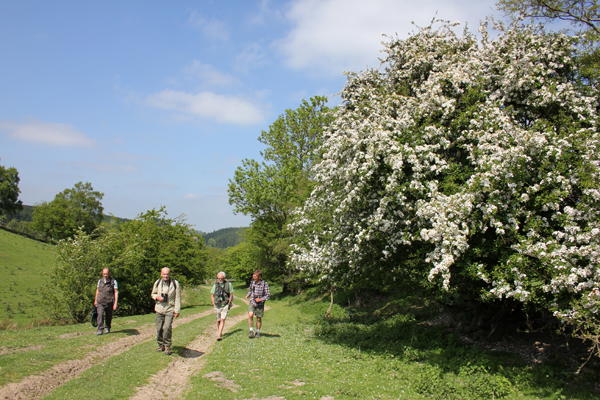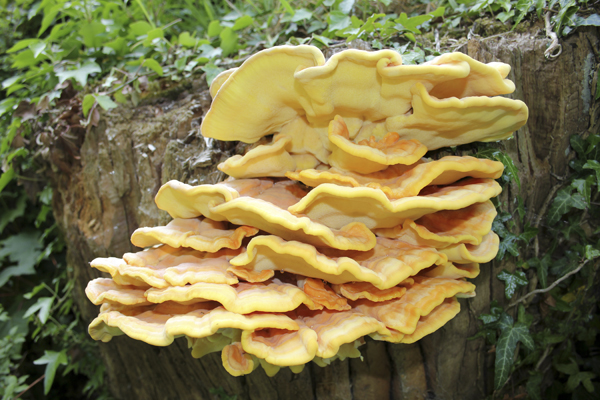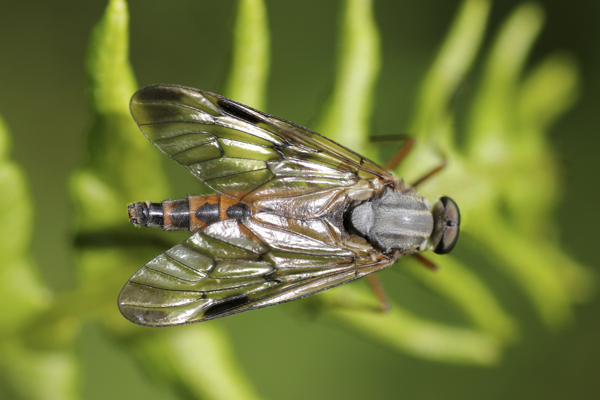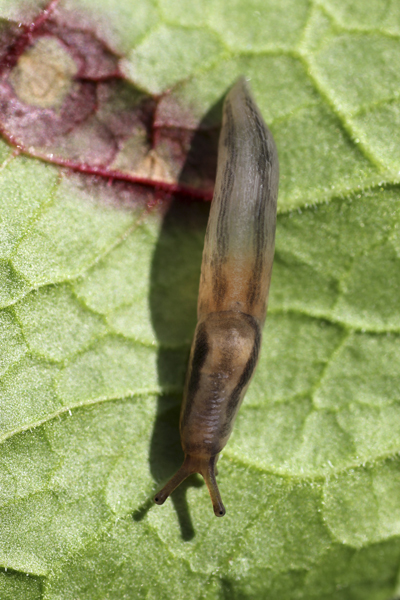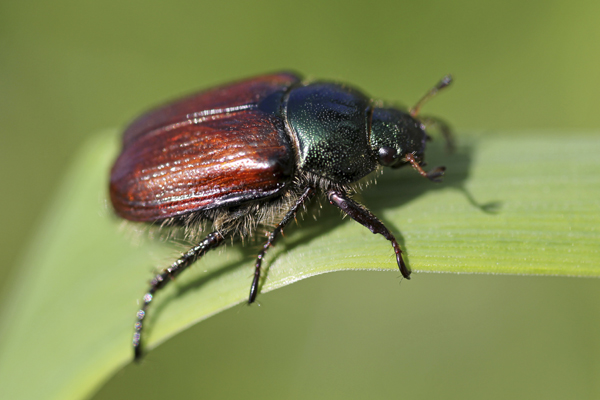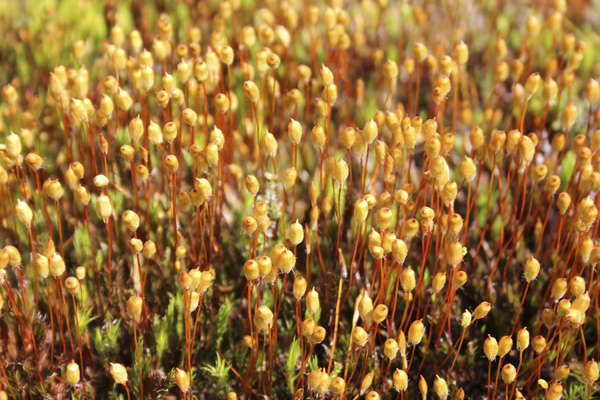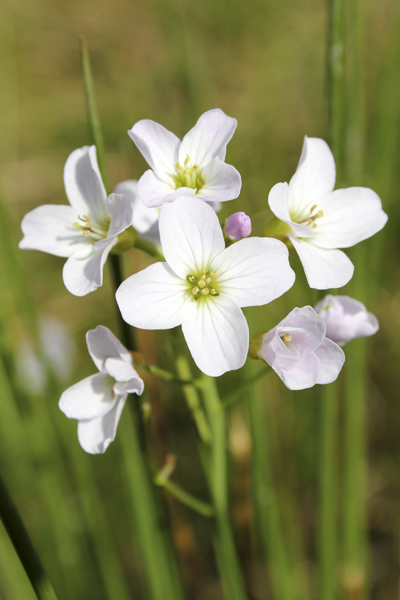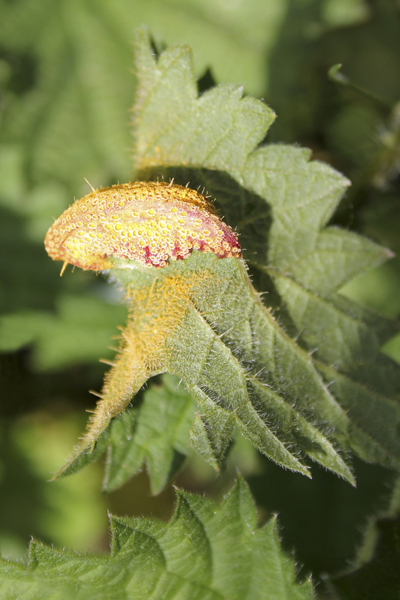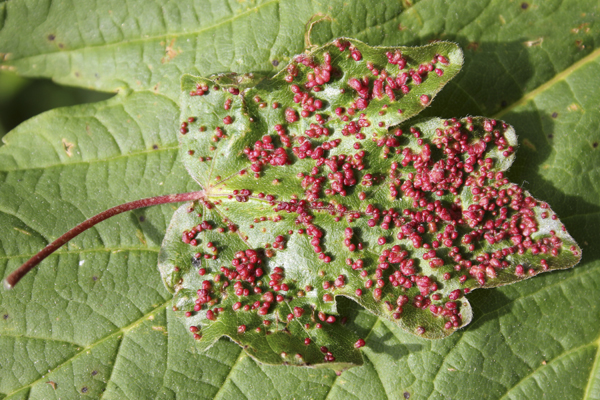The two Dave’s, Ron Crosby, Chris Butterworth and I headed over to Acrefair near Wrexham, Wales for the day. After alighting in the village we walked up Chapel Street through a small housing estate and continued along a country-lane called Bowers Road. Oxford Ragwort Senecio squalidus was growing on the side of a stone wall, a garden held Greater Periwinkle Vinca major and there was a field full of Common Comfrey Symphytum officinale. Fairies Bonnets Coprinus disseminatus were growing from a log beside the small stream that runs alongside Bowers Road and further up the lane was a most impressive Chicken Of The Woods Laetiporus sulphurous.
Chicken Of The Woods
Bird-life was quiet with only Chiffchaff, Willow Warbler, Blue and Great Tit. We then heard the characteristic chattering of Greater Spotted Woodpecker chicks coming from the trees and tried to spot their nest hole. On a field a newly hatched Lapwing chick was being protected from a scavenging Carrion Crow by its attentive parents.
The lane edges were covered in a variety of plants including Meadow Buttercup Ranunculus acris, Hop Humulus lupulus, Greater Stitchwort Stellaria holostea, Red Campion Silene dioica, Common Sorrel Rumex acetosella, Broad-leaved Dock Rumex obtusifolius, Garlic Mustard a.k.a. Jack-by-the-Hedge Alliaria petiolata, Wild Strawberry Fragaria vesca, Wood Avens Geum urbanum, Tufted Vetch Vicia cracca, Dog’s Mercury Mercurialis perennis, Herb-Robert Geranium robertianum, Cow Parsley Anthriscus sylvestris, Yellow Archangel Lamiastrum galeobdolon, Ribwort Plantain Plantago lanceolata, Wood Speedwell Veronica montana, Cleavers Galium aparine, Crosswort Cruciata laevipes, Winter Heliotrope Petasites fragrans leaves, Spanish Bluebell Hyacinthoides hispanica, Ramsons Allium ursinum and Black Bryony Tamus communis.
We crossed a wooden stile and walked through a herd of Sheep, who immediately charged off with the intrusion, and reached the Bottom Reservoir where a female Mallard was swimming with a line of duckling in tow. Bugle Ajuga reptans, Water Mint Mentha aquatica and Parsley Water-dropwort Oenanthe lachenalii were growing at the water’s edge. We lunched in a meadow overlooking the Bottom Reservoir surrounded by Heath Bedstraw Galium saxatile, Cat’s-ear Hypochaeris radicata and Mouse-ear-hawkweed Pilosella officinarum and heard the call of a Nuthatch.
Climbing across a wooden stile and walking across another meadow we noticed a large number of Snipe Flies Rhagio scolopacea – there must have been a recent hatch, also a few Hoverflies Heliophilus pendulus, Eristalis pertinax and Syrphus ribesii. The Broad-leaved Dock Rumex obtusifolius leaves were infected with Dock Rust Puccinia phragmitis and one leaf had a juvenile slug sliming across it.
A muck heap beside a farm had some Inkcaps Coprinus sp. growing on it and beside the enclosing stone-wall was Round-leaved Crane’s-bill Geranium rotundifolium and Germander Speedwell Veronica chamaedrys with Common Dog-violet Viola riviniana and Salad Burnet Sanguisorba minor further along. We walked up the track beside Trefechan Brook to the Upper Reservoir where a bloke was fishing and Canada Geese were willing their crèche of 22 goslings down the bank towards the Reservoir. Large White Pieris brassicae, Orange Tip Anthocharis cardamines were on the wing and a few good insects in the vegetation: Wasp Nomada sp. Soldier Beetle Cantharis nigricans, Garden Chafer Phyllopertha horticola and Two-banded Longhorn Beetle Rhagium bifasciatum. Like other Longhorn beetles, Rhagium bifasciatum lays its eggs in dead wood, often using coniferous trees, where they bore deep, broad tunnels until they are ready to pupate after about two years.
Garden Chafer
The track continued through the coniferous Tyddyn-uchaf Wood where Opposite-leaved Golden-saxifrage Chrysosplenium oppositifolium was growing in a shady patch and we found two different Weevil species on Alder – one a metallic bronze colour possibly Phyllobius glaucus an arboreal species favouring Alder, the other a metallic green colour similar to the Phyllobius and Polydrusus Weevils usually seen on nettles.
Weevil Phyllobius glaucus
We exited the Tyddyn-uchaf Wood onto a patch of rough grazing land with scattered Hawthorn bushes and Apple trees and watched as a Buzzard circled and Raven croaked overhead. DaveB thought this would be a great spot for Redstart and as if by magic a stunning male flew from a nearby hawthorn and posed on top of a fencepost.
We passed a ruined building and were immediately out on the moors dodging the Tormentil Potentilla erecta growing on the track. We watched a male Kestrel hovering who flew off after being harassed by three Meadow Pipits. We could hear the calls of Red Grouse on the moor which appeared well managed for this species with swathes of Bilberry Vaccinium myrtillus running at intervals through the Heather. Common Cottongrass Eriophorum angustifolium and Mosses grew in the more boggy areas.
Moss with sporophytes – the spore containing capsule on the end of a stalk
A male Black Grouse flew up from the edge of the track as we climbed higher. A few Reed Buntings were perched up, Cuckoos and Curlews calling and a Small Heath Coenonympha pamphilus was flying around.
Cuckooflower
ChrisB was knackered and decided to retrace his steps. After a bit of deliberation the rest of us also decided we didn’t have enough time to continue across the moor and down the Eglwyseg into Llangollen so also headed back to the ruined building and returned towards Acrefair. Beside a stone wall we found the orange Nettle Rust Fungi Puccinia urticata causing swelling, distortion and discoloration of stems and leaves of Stinging Nettle Urtica dioica.
Nettle Rust
A boggy area held some fine Cuckooflower Cardamine pratensis and Green Alkanet Pentaglottis sempervirens was growing in profusion in a sunny spot beside another farm. As we continued down the lane we noted yet more plants with Lords-and-Ladies Arum maculatum and some late-flowering Primrose Primula vulgaris. I found some Red Pustule Galls on Field Maple Acer campestre leaves caused by the Gall Mite Aceria myriadeum. These are similar in appearance to the Red Pustule Galls on Sycamore Acer pseudoplatanus leaves caused by the Gall Mite Aceria macrorhyncha which we also noted. Some Sycamore leaves were also affected by Felt Galls caused by the Gall Mite Aceria pseudoplatani.
Field Maple Galls
We were amused as a Red-legged Partridge ran Roadrunner style through a herd of Sheep. All too soon we were passing the still raucous Great Spotted Woodpecker chicks in their nest hole and were back in Acrefair.
A wide photographic selection of birds, marine life, insects, mammals, orchids & wildflowers, fungi, tribal people, travel, ethnography, fossils, rocks & minerals etc. is available on my Alamy webpage
If you are interested in the wildlife of the North-west of England and would like to join the walks and coach trips run by the Merseyside Naturalists’ Association, see the main MNA website for details of our programme and how to join us.

